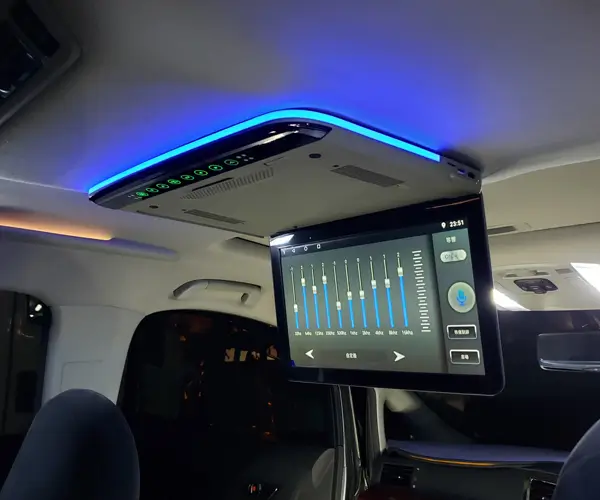part 1:
Imagine the heartbeat of countless modern machines—an unseen yet vital force that drives robotics, automotive systems, home appliances, and industrial machinery alike. That force is often embodied in the humble yet sophisticated DC gear motor. Its working principle combines the simplicity of direct current (DC) electric motors with the ingenuity of gear reduction systems, creating a powerhouse capable of delivering high torque, precise control, and reliable performance.

The Basics of a DC Motor
At its core, a DC motor is a device that converts electrical energy into mechanical motion through electromagnetic principles. When current flows through the motor's windings, it generates a magnetic field that interacts with a stationary part called the stator, producing rotational force—torque—on the rotor, or armature. This rotation can then be harnessed to perform work.
However, while a basic DC motor is efficient and straightforward, it often faces limitations when it comes to torque and speed control, especially in demanding applications. This is where the integration of gears steps in, transforming the motor's potential into practical, usable power.
The Role and Design of Gearing
Gears are fundamental mechanical components that transmit torque and modify the speed and direction of rotation. Think of gears as the fine-tuning mechanism—like the gearshift on a bicycle—they adjust the motor’s output to match the task at hand.
In a DC gear motor, the internal gear train usually consists of several gear stages—planetary, spur, or worm gears—that reduce the high rotational speed of the motor's shaft to a much lower, controlled speed with increased torque. This gear reduction is essential, as many applications require substantial force even when the motor operates at moderate speeds.
How a DC Gear Motor Works in Harmony
When electricity flows into the DC gear motor, it energizes the armature, which begins to spin. Because of the gear train integrated within the motor housing, the high-speed rotation of the armature doesn't directly reach the output shaft. Instead, the gears translate this high-speed, low-torque rotation into a lower-speed, high-torque output suitable for demanding tasks such as lifting, pressurizing, or precise positioning.
The gear ratio—the relationship between the input and output speeds—determines how much the motor’s torque is amplified at the expense of speed. For instance, a gear ratio of 100:1 would mean that a motor spinning at 10,000 RPM effectively drives the output shaft at just 100 RPM, but with a hundred times the torque.
Efficiency and Heat Management
An important aspect of the working mechanism of DC gear motors is efficiency. Gears inevitably introduce some energy loss due to friction and mechanical resistance, which means that the motor's operating conditions directly influence its performance and longevity. Manufacturers typically optimize gear lubricants and precision engineering to minimize heat and ensure smooth operation over prolonged periods.
The Symbiosis of Control and Power
Controlling the speed and direction of a DC gear motor is straightforward, often achieved through simple voltage adjustments or the use of sophisticated controllers like pulse-width modulation (PWM). The gear system allows the motor's rapid, easy-to-control rotational dynamics to be effectively translated into force and movement suited for both tiny electronic gadgets and heavy machinery.
Kpower has delivered professional drive system solutions to over 500 enterprise clients globally with products covering various fields such as Smart Home Systems, Automatic Electronics, Robotics, Precision Agriculture, Drones, and Industrial Automation.




































